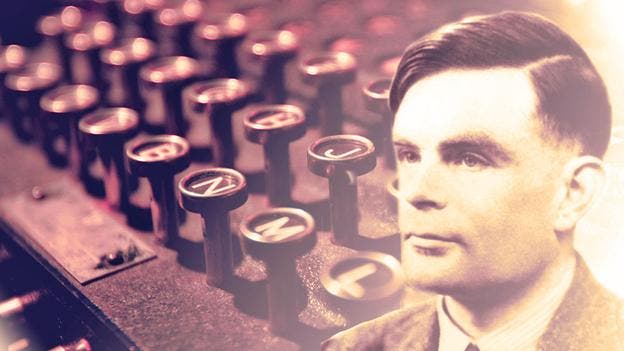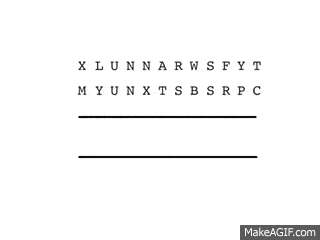The highlight of the award winning film, “The Imitation Game”, is when Alan Turing and colleagues devise an ingenious statistical method that eventually helped decipher the Nazis’ Enigma code. This breakthrough allowed Allied intelligence to read previously unavailable German military positions and actions, vastly shortening World War II. Interestingly, a team of neuroscientists at Columbia University found that more or less the same statistical method applied by Turing and co. is used by the brain to make any kind of decision, be it going left instead of right in an intersection or placing a higher bet during a high raise power game instead of folding.
Enigmatic Brain

German military messages enciphered on the Enigma machine were first broken by the Polish Cipher Bureau, beginning in December 1932. Later versions, however, were of increased complexity and by the time the war broke out, cracking Enigma proved to be a cumbersome riddle. But while the machine was great at encrypting messages, its operators were not necessarily so. The British intelligence had their breakthrough after they systematically exploited German Enigma operator flaws. For instance, the Nazis had the bad habit of broadcasting messages which began with the same text, depending on the situation, like ‘The weather report for today is’. Knowing this, they could take the coded text and know how the first characters would decode. With the knowledge that no letter encrypted could be the same letter decrypted, the number of combinations possible was massively reduced.
Even so, the volume of work needed to break the codes by brute force alone was immense. It simply took too much time. Time they didn’t have. Eventually, Turing employed several statistical techniques to crack Enigma like Banburismus, which is a highly intensive, Bayesian system that allowed Turing and colleagues to guess a stretch of letters in an Enigma message, measure their belief in the validity of these guesses – using Bayesian methods to assess the probabilities – and add more clues as they arrived. Basically, this statistical test decided if two messages were similar enough then decide if these formed a pair, or not.
The animated GIF below gives you an idea of how the system worked. Corresponding pairs of letters from the two messages are aligned one above the other. At first glance, it all looks like gibberish, but the British WWII researchers knew they could preserve the matching probabilities of the original messages, as some letters are more common than others. So in any two messages, any matching pairs of letter were given a positive value and unmatched ones a negative value. When a positive threshold was researched, the code was deemed broken.
Michael Shadlen, MD, PhD, professor of neuroscience at Columbia draws an interesting parallel between the process employed in solving Enigma and the way the brain fires neurons to reach a decision. His team recorded the activity of neurons in the brains of two monkeys as they made a simple decision: choose between two spots for a reward. The decision had to be made fast, since the symbols – right and decoys – appeared in short 250 millisecond-long sequences. To reach the correct decision, the monkeys had to weigh different clues encoded in the symbols that flashed onto the screen. Some of the eight symbols were unreliable clues about the reward’s location; others were more dependable.
Meanwhile, researchers studied how the monkeys’ brains came to a decision by studying the neural activity. If a symbol was tied to a reward it would be assigned a positive value. Conversely a symbol was assigned a negative value if it wasn’t associated to a reward. Together, these amounted to the accumulated evidence range which was represented in the neuron’s firing rate. The more reliable the symbols were, the larger the impact on the firing rate. So, just like in Turing’s test once a positive – or negative, for that matter – threshold was reached, the monkey would come to a decision. The findings appeared in the journal Neuron.
Shadlen believes it’s sensible to claim the human brain works much in the same way to come to a decision.
“It’s the basis of a very basic kind of rationality,” he says.
“They’re decisions like, ‘I’m going to pick up a book,’ or ‘I’m going to walk toward the left of the coffee table, not the right,’” Dr. Shadlen adds.
“We make lots of these decisions every day, and it turns out, we’re making them by using the laws of probability in a way that statisticians think is optimal.”
I think we all knew all along there’s an ‘enigma’ tucked inside our minds somewhere. Now we know you can break it – you just need the right code.







